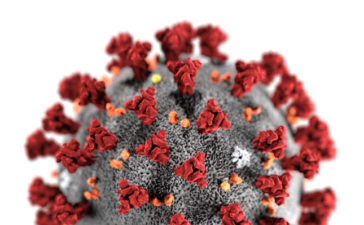New York:People with asthma, sleep apnea or Down syndrome, have much higher odds of developing an eye condition that causes serious progressive nearsightedness at a relatively young age, new research has revealed.
The researchers also confirmed that men are at greater risk of contracting the condition called keratoconus than women.
Keratoconus makes the rounded, clear covering of the eye, called the cornea, weak, which leads it to become cone-shaped over time.
The last decade has brought new treatment options, but many people do not receive a diagnosis early enough to take full advantage of them, the researchers pointed out.
“Eye health relates to total body health, and we as opthalmologists need to be aware of more than just eyeballs when we see patients,” said first author of the study Maria Woodward, assistant professor at the University of Michigan Medical School in the US.
The study also showed that people with diabetes appear to have a lower risk of the disease.
The findings support the idea that while diabetes causes other negative effects to the eye, the cornea may be strengthened as a by-product of those changes.
The researchers arrived at their findings by looking at data from health insurance claims, half of them from more than 16,000 people with confirmed keratoconus and half from an equal number of people with similar characteristics but no keratoconus.
This allowed them to see which characteristics and medical conditions were most associated with keratoconus, and which were not.
The people in the study were mostly in their 30s and 40s.
The study was published online in the journal Ophthalmology.




